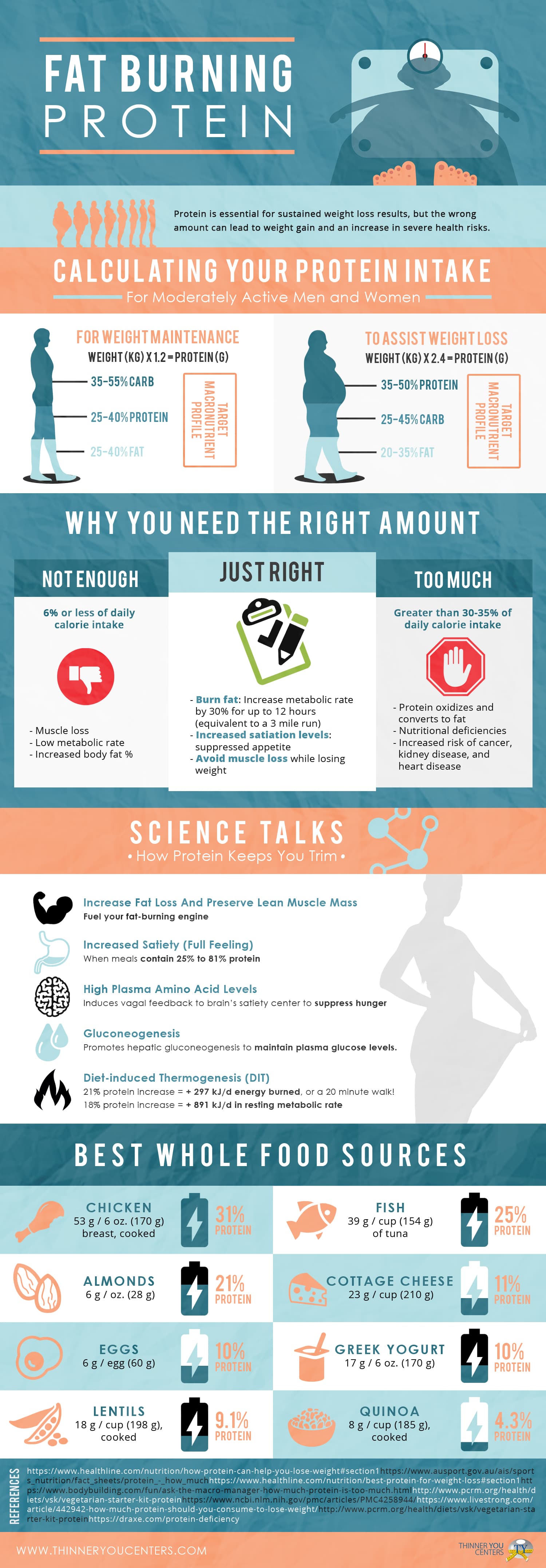Cold laser treatment is a non-invasive, pain-free treatment that helps reduce swelling and increases cell regrowth. It is a risk-free choice to invasive procedures and usually has immediate results.
Laser photons initiate a chain reaction of chain reactions within the cell that reduce pain, swelling, and speed up recovery. It raises blood circulation to the area by causing vasodilation.
What to Anticipate
Cold laser treatment is a non-invasive therapy that makes use of low-level laser light to penetrate deep into damaged tissues, setting off cell feature on numerous degrees to advertise tissue healing. This helps in reducing discomfort and inflammation, while promoting muscle contractions and regeneration.
Throughout a session, you'll rest or relax easily and the expert will certainly note the areas on your body that requirement to be dealt with. The expert then applies a little portable tool with the laser to the area. During the therapy, you might really feel a minor prickling or heat in the location of your injury.
Prior to starting therapy, it is necessary to clean the area of your injury and remove any type of fashion jewelry or various other items that might obstruct of the laser's path. It's likewise important to prevent any type of combustible materials that could be in the area of the laser beam. This will ensure your safety and the performance of the treatment.
Prep work
Cold laser treatment functions by beaming light on the surface of your skin. The light is soaked up by the leading layer of your skin and then stimulates the cells to create energy that promotes healing.
During the treatment, you may feel a warm or prickling experience in the location that is being treated. This is totally typical, though you ought to let the specialist know if the sensation is awkward or also solid.
This treatment has a lot of guarantee for helping individuals with distressing brain injury (TBI). The treatment is non-invasive and does not have any kind of unfavorable side effects. However, even more study is required to figure out the ideal treatment method. The very best way to find out if you are a candidate for this sort of treatment is to talk to a skilled physical therapist. They will have the ability to assist you determine if cool laser treatment is right for you.
The Therapy
When the practitioner has correctly positioned you for therapy, they will certainly then put the cold laser tool on the hurt location. They might keep it on for 30 secs or longer, depending on the dimension of the injury and its sensitivity. They will certainly utilize protective safety glasses to guarantee that the laser does not straight hit the eyes, and they will certainly make certain that you are safeguarded from any quit smoking kind of glare that can happen.
You might feel a slight prickling sensation on the location that is being dealt with, however it will not be undesirable or uncomfortable. This is a sign that the laser is functioning to stimulate the recovery process in the impacted tissue.
A lot of patients experience discomfort alleviation within a few sessions, with some seeing enduring results even after numerous months of treatments. It is necessary to note that LLLT is not suggested as a sole therapy for any chronic discomfort condition and it must be coupled with other restorative techniques in order to accomplish optimal results.
Post-Treatment
After you relax or sit, the expert will utilize a stick with a series of light-emitting diodes to target your discomfort site. You will put on protective eye goggles, and the laser might be hung on your skin for 30 to 60 seconds. You might really feel a gentle, relaxing experience throughout the treatment.
The photons from the laser permeate deep right into your tissue, activating a recovery reaction on a mobile degree. Unlike various other forms of laser treatment, this low-intensity method does not produce warmth.
Some studies have revealed that cool laser therapy works in dealing with a variety of conditions, including persistent discomfort and injuries. However, it is less commonly approved as a standard medical method, and it isn't covered by lots of medical insurance plans. Additionally, it is not suggested to be made use of over any questionable cancerous sores or cancers or on pregnant women. You ought to always talk to your oncologist prior to pursuing this kind of therapy.
